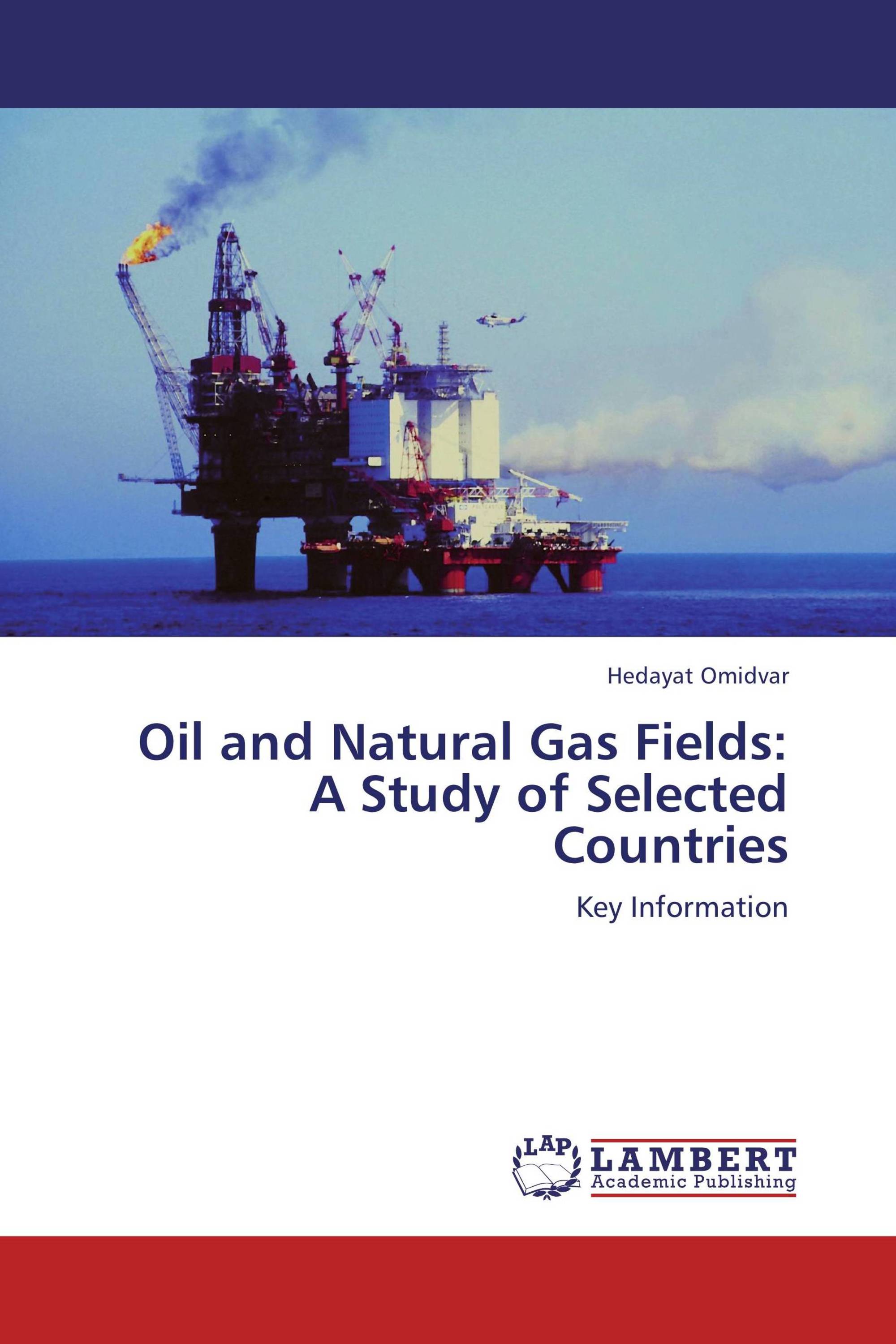Oil and Natural Gas Fields: A Study of Selected Countries
Key Information
LAP Lambert Academic Publishing ( 2010-02-08 )
€ 49,00
Oil and natural gas are produced by the same geological process: anaerobic decay of organic matter deep under the Earth's surface. As a consequence, oil and natural gas are often found together. In common usage, deposits rich in oil are known as oil fields, and deposits rich in natural gas are called natural gas fields. In general, organic sediments buried in depths of 1,000 m to 6,000 m (at temperatures of 60 °C to 150 °C) generate oil, while sediments buried deeper and at higher temperatures generate natural gas. The deeper the source, the "drier" the gas (that is, the smaller the proportion of condensates in the gas). Because both oil and natural gas are lighter than water, they tend to rise from their sources until they either seep to the surface or are trapped by a non-permeable layer of rock. They can be extracted from the trap by drilling. The largest natural gas field is South Pars gas field, which is shared between Iran and Qatar. The second largest natural gas field is located in Novy Urengoy, Russia.
Book Details: |
|
|
ISBN-13: |
978-3-8383-4476-8 |
|
ISBN-10: |
3838344766 |
|
EAN: |
9783838344768 |
|
Book language: |
English |
|
By (author) : |
Hedayat Omidvar |
|
Number of pages: |
272 |
|
Published on: |
2010-02-08 |
|
Category: |
Geology |




